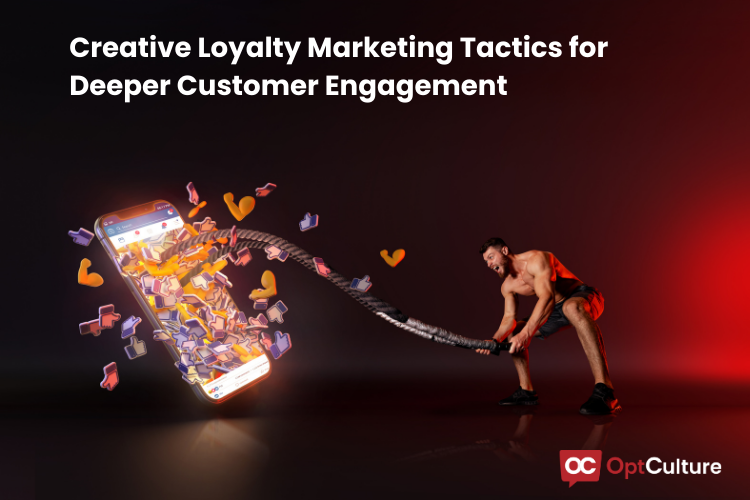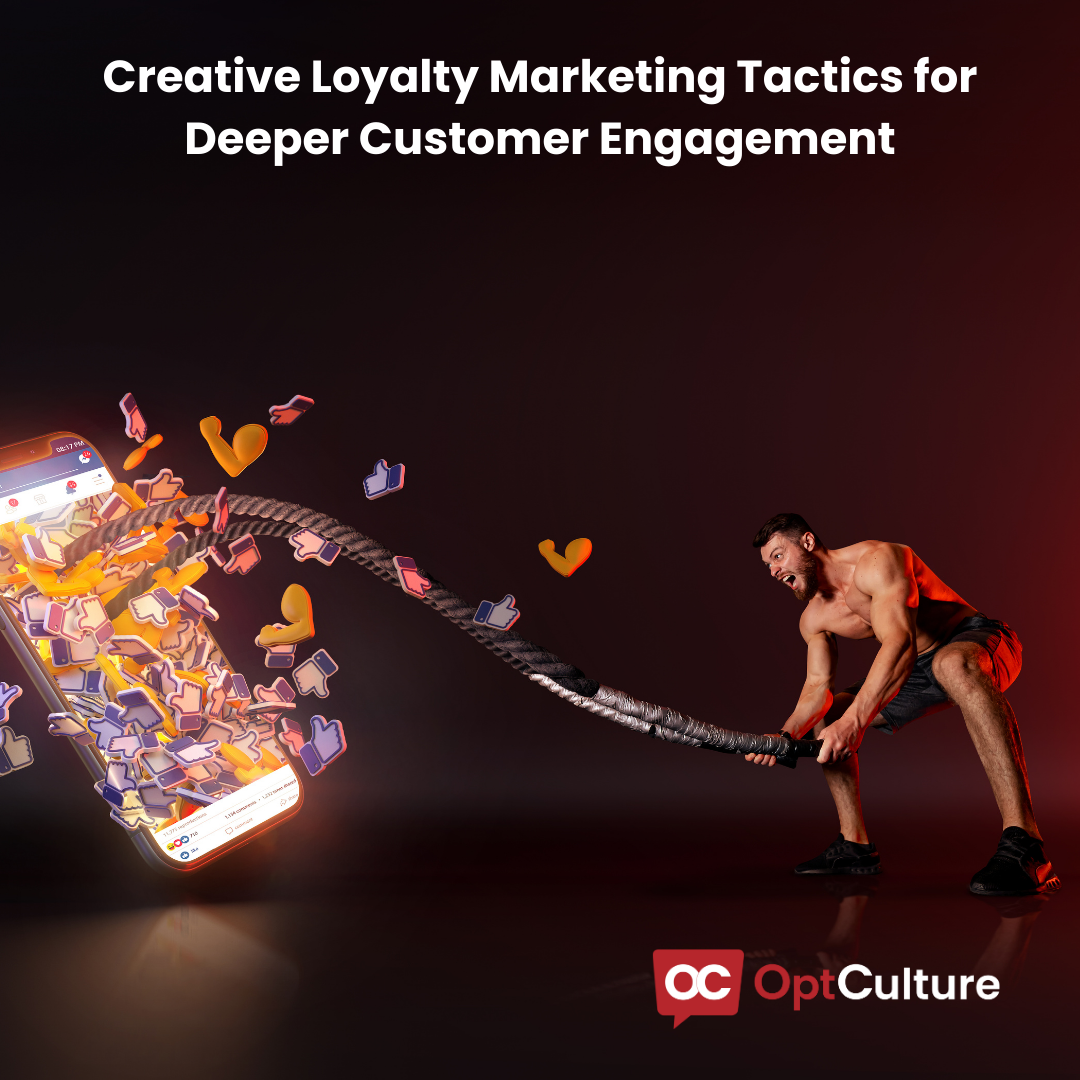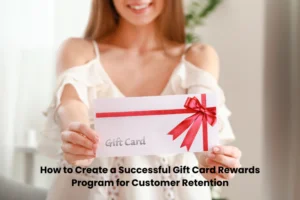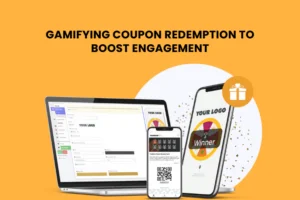
Creative Loyalty Marketing Tactics for Deeper Customer Engagement
Introduction
In the dynamic world of business, loyalty marketing has become a cornerstone strategy for companies aiming to retain customers and deepen their engagement. This 2000-word blog post delves into innovative tactics within loyalty marketing, exploring the essence of what is loyalty marketing and how to effectively implement a loyalty program strategy. We’ll dissect various aspects of loyalty strategy and loyalty marketing strategy, including defining loyalty marketing definition, the intricacies of a loyalty program marketing strategy, and successful loyalty marketing campaigns.
Understanding Loyalty Marketing
What is Loyalty Marketing?
At its core, loyalty marketing involves strategies that encourage customers to continue buying from or engaging with a brand. This definition encapsulates various tactics aimed at rewarding repeat customers, thereby fostering brand loyalty.
The Evolution of Loyalty Strategy
Loyalty strategy has evolved from mere transaction-based rewards to encompassing emotional and experiential aspects of customer-brand relationships. Today’s loyalty strategies are about creating memorable experiences and emotional connections.
Developing a Robust Loyalty Program Strategy
Crafting a Loyalty Marketing Strategy
A comprehensive loyalty marketing strategy goes beyond offering points or rewards. It’s about understanding customer needs, preferences, and behaviors, and tailoring the loyalty approach accordingly.
Components of a Loyalty Program Marketing Strategy
A successful loyalty program marketing strategy involves several key components:
- Understanding customer demographics and behaviors
- Offering personalized rewards and experiences
- Utilizing data analytics for targeted marketing
- Engaging customers through multiple channels
Innovative Loyalty Marketing Tacticsy
1. Personalization at Scale
One of the most effective tactics in loyalty marketing is personalization. By leveraging customer data, companies can create personalized experiences and offers that resonate deeply with their audience.
2. Integration of Gamification
Incorporating game-like elements into your loyalty program strategy can significantly boost customer engagement. Challenges, badges, and leaderboards can make the loyalty experience more enjoyable and engaging.
3. Leveraging Social Media for Loyalty Engagement
Social media platforms offer immense opportunities for loyalty marketing campaigns. Encouraging customers to share their experiences and rewards on social media can enhance brand visibility and engagement.
4. Experiential Rewards
Moving beyond traditional point-based systems, experiential rewards offer customers unique and memorable experiences, an essential aspect of a modern loyalty strategy.
5. Collaborative Partnerships
Collaborating with other brands or companies can enhance the value of your loyalty offerings, providing customers with more diverse and attractive rewards.
Effective Loyalty Marketing Campaigns
Case Studies of Successful Campaigns
Analyzing successful loyalty marketing campaigns can provide valuable insights. For instance, campaigns that integrate customer feedback loops, community-building events, or social responsibility elements tend to have a higher impact on customer loyalty.
Starbucks Rewards: Revolutionizing Coffee Loyalty
Overview: Starbucks Rewards, a quintessential example of an effective loyalty marketing strategy, uses a mobile app-based platform.
Tactics Used: Incorporation of gamification, personalized offers, and mobile order and pay features.
Outcome: The program has significantly increased customer retention and frequency of purchases, making it one of the best loyalty programs in the retail coffee industry.
Sephora’s Beauty Insider Program: Catering to Cosmetic Enthusiasts
Overview: Sephora’s Beauty Insider program excels in loyalty marketing by offering tiered rewards and exclusive benefits.
Tactics Used: Tiered rewards system, personalized product recommendations, and exclusive access to tutorials and events.
Outcome: This approach has fostered a strong community, enhanced customer loyalty, and increased spending among members.
Measuring the Success of Your Loyalty Marketing
Analyzing the Impact
A crucial part of any loyalty marketing strategy is measuring its success. Metrics like customer retention rates, average order value, and customer lifetime value are key indicators of the effectiveness of your loyalty tactics.
Conclusion
Loyalty marketing is an ever-evolving field that requires creativity, customer understanding, and strategic thinking. By implementing a robust loyalty program strategy and staying abreast of the latest loyalty strategy trends, businesses can develop deeper and more meaningful relationships with their customers.
As we conclude our exploration of creative loyalty marketing tactics for deeper customer engagement, the next step is putting these insights into practice. OptCulture, a leader in innovative customer engagement, welcomes you to schedule a demo and witness the transformative impact on your brand loyalty. Book your demo now and elevate your customer engagement strategies with OptCulture!





